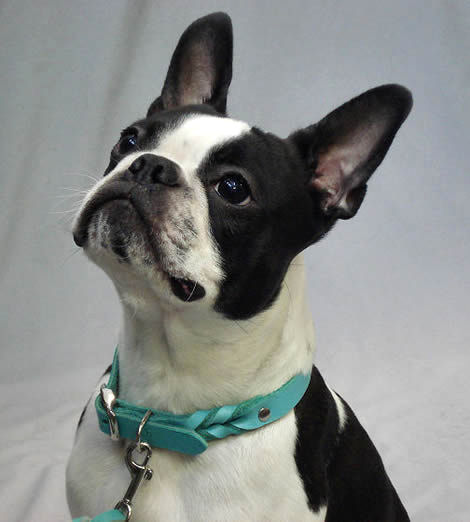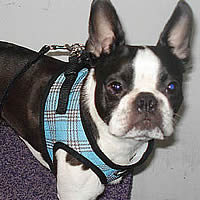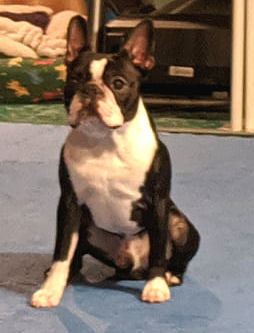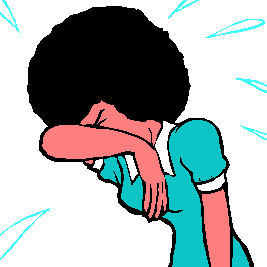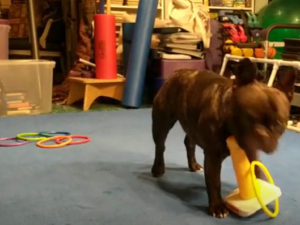What is enrichment? According to Merriam Webster, it’s “to make rich or richer especially by the addition or increase of some desirable quality, attribute, or ingredient (the experience will enrich your life).
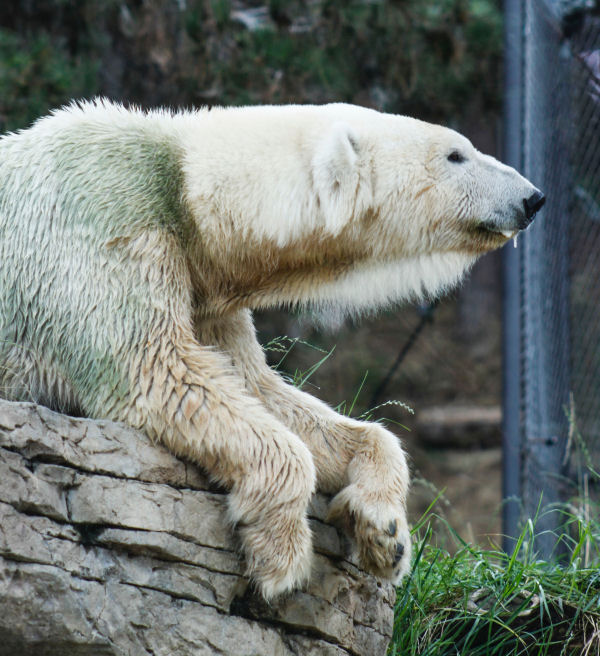
Have you seen those feature stories about enrichment at the zoo around Halloween? Where all the elephants get pumpkins to play with? Or the polar bears get huge ice blocks filled with treats in the middle of summer? That’s enrichment. We’d also call it lagniappe, but we like taking our vocabulary out for a spin once in a while.
Making training game sessions part of life is enrichment for both your dog and for you. It’s something special – time you focus only on each other and playing together. It enriches your bond with your dog. Builds understanding between you. And, in a non-coercive, non-punishing way, teaches your dog all kinds of things that will make your lives together easier.
Any game will do
Some days you may not feel like playing any particular game with your dog. That’s okay. Gather a few different objects from around the house – plastic drinkware, mixing bowls, pillows, cardboard boxes, paper towel (or TP) rolls. It can be anything that your dog can’t ruin.
Take one object and put it in front of your dog. If he’s a regular 2-Minute game player, he’ll go check it out. Click and reward! See what he does with it. Does he paw at it? Good touch! Click and reward! Does he sniff it? Good sniff! Click and reward!
Sniffing game
If your dog loves sniffing stuff – you’re ahead for this game. Hope is now teaching her French Bulldog Torque to use his nose instead of his paws or mouth to explore. He’s never been a “sniffy” dog, and it’s a skill he may need if the world ever returns to a semblance of normalcy and he advances in Obedience competition.
She’s using a drop or two of essential oil on a cotton pad.
- First step: he sniffs it. Click and reward!
- Second step: Hope hides the cotton pad under something (in this case, it was a clean, empty tuna fish can). Torque finds it. Click and reward!
- Third step: A second clean tuna can is added – can he still find it? (We’re not here yet!)
- Fourth step: A third can is added – and now we’re playing the Shell Game!
Useful? Maybe not
Not every game we play with our dogs has to have a reason, or an objective – but it’s fun to try. If you have no intention of ever competing in any dog sport, your dog may never use her “Shell Game” skills. But learning the game enriched her life, and you had fun with it.
Enrichment can be anything that’s not part of your regular routine. Mix it up! At the Dolphin Research Center, sometimes the trainers just float around the lagoons on inner tubes, tossing ice or gelatin cubes for the dolphins to play with and eat. It’s just for fun. There’s a lot of laughing during these sessions – both from the dolphins and the trainers. And strengthens the bonds between animals and people.
You can increase the quality of your dog’s life with enrichment.

